No school wants to have a ton of leftover food to store and serve later or worse to throw away. Equally concerning is running out of a food item on the daily menu, especially one of the required components for a reimbursable meal. Right-sizing your order is critically important. For schools operating Offer Vs. Serve meal programs, we've compiled a few tips to help you:
1. Complete food production reports (FPRs) accurately and thoroughly
The first step in right-sizing your order is to complete your FPRs accurately and thoroughly. We know our schools diligently complete their reports because our Field Operations Managers tell us so. These reports provide a track record for predicting how popular a school meal or side dishes will be throughout the school year. Trend information will help you adjust your orders/meal quantities accordingly. You must have historical data to support the change.
For instance, many students don’t enjoy eating beans, peas, corn salad and brown rice. If you have completed your FPRs accurately by recording leftovers and find a trend, then you can produce or order less. As long as you have data to back up the adjustment, CKC will accommodate your request. Remember, if you are going to produce or order less, you must not run out of that meal item. It must be available to each student in the planned serving size.
2. Give it time
We recommend schools offer foods at least three times before adjusting order quantities based on leftovers. Sometimes it takes kiddos a little time to warm up to foods. Repeated exposure may help them build courage to try something new. If after serving a food three times, you don't notice improvement, then you have historical data to justify scaling back the amount you order and to help you determine how much less of that food to order.
3. Try a different approach
Varying a dish slightly may help students accept it more readily. If you've serve beans as a cold salad of sorts, try serving them warm instead.
4. Use a produce (salad) bar
A salad bar is by far the easiest way to satisfy students and meet the requirements for a reimbursable meal. Salad bars are easy to manage and shelf-stable leftovers may be placed back into inventory after service or used for another program, such as the After-School Snack Program, thereby reducing waste. CKC provides our salad bar schools with a weekly salad bar FPR, on which schools can track consumption and easily determine what students like and dislike. Each item and the quantity placed on the salad bar, as well as the leftovers at the end of meal service, are recorded on the FPR. Accurate recordkeeping will reveal trends and indicate which foods to order in larger or smaller quantities.
If your school doesn't have a salad bar yet, apply to get one from Salad Bars 2 Schools.
Remember, you must offer all items listed on the menu and have enough food in the planned serving size to serve each student who chooses each item.
Related blog post: Share Tables Reduce Waste, Satisfy Hungry
If you do have leftovers of unopened shelf-stable foods (granola bars, crackers, etc.) or select fruits, make the most of share tables to minimize waste.


